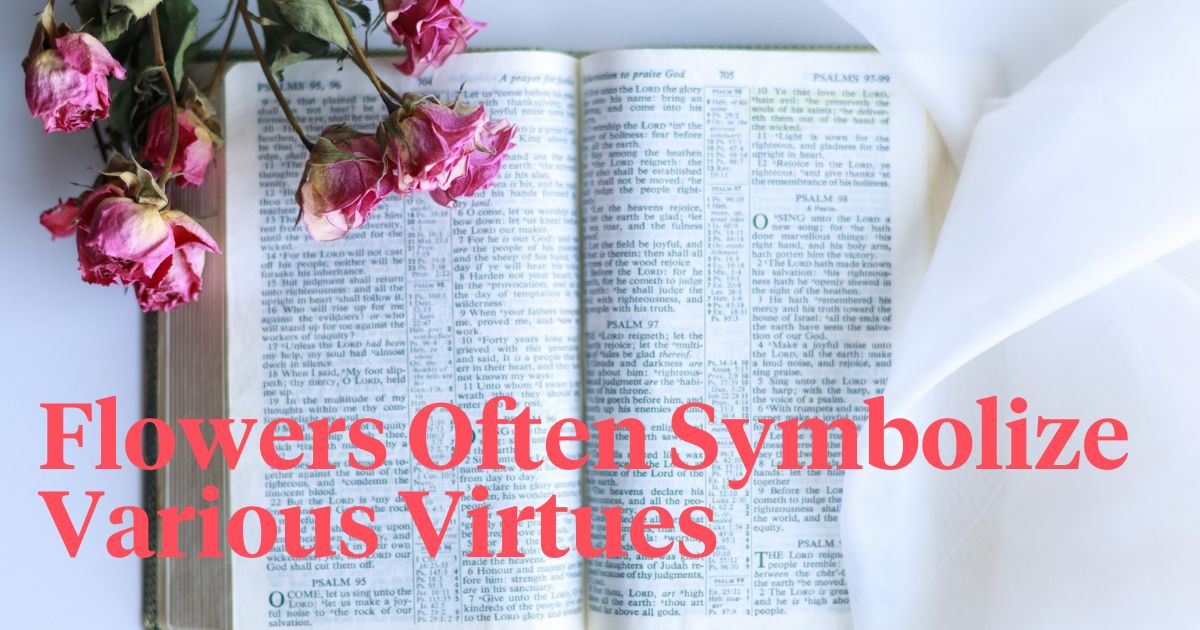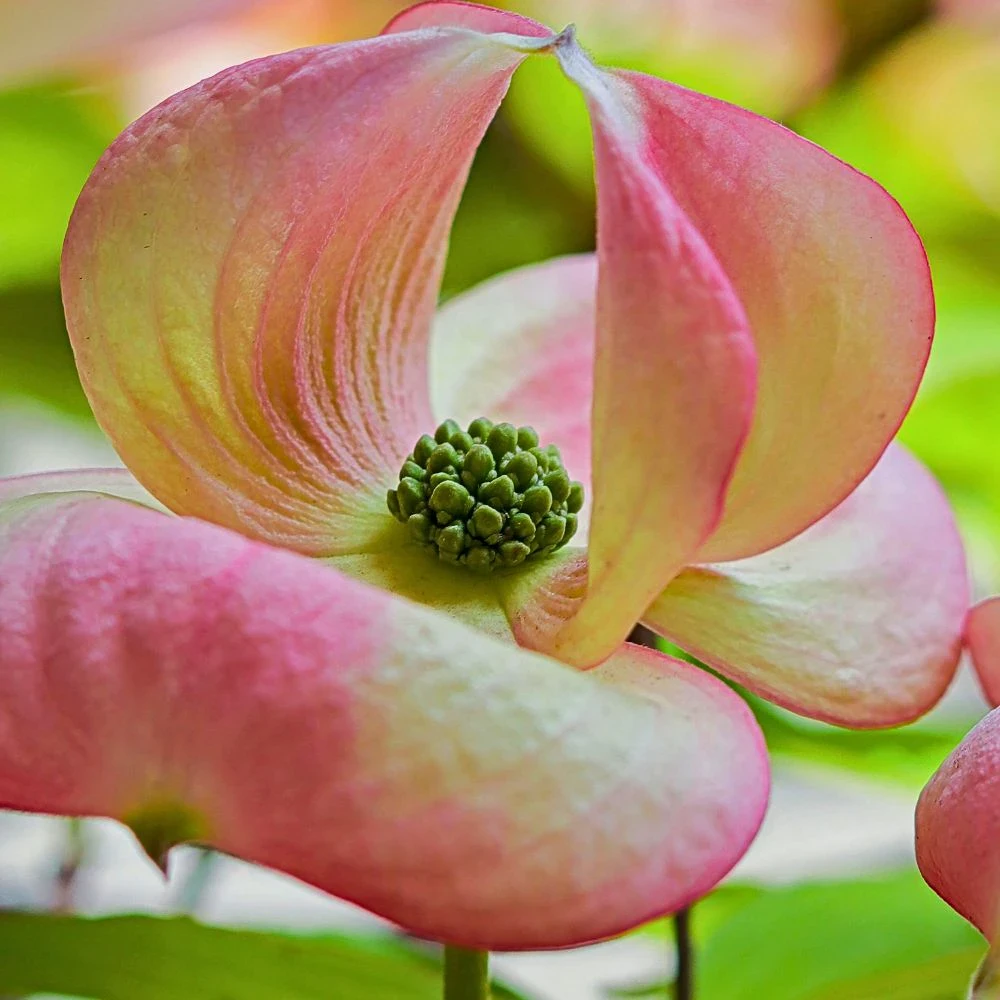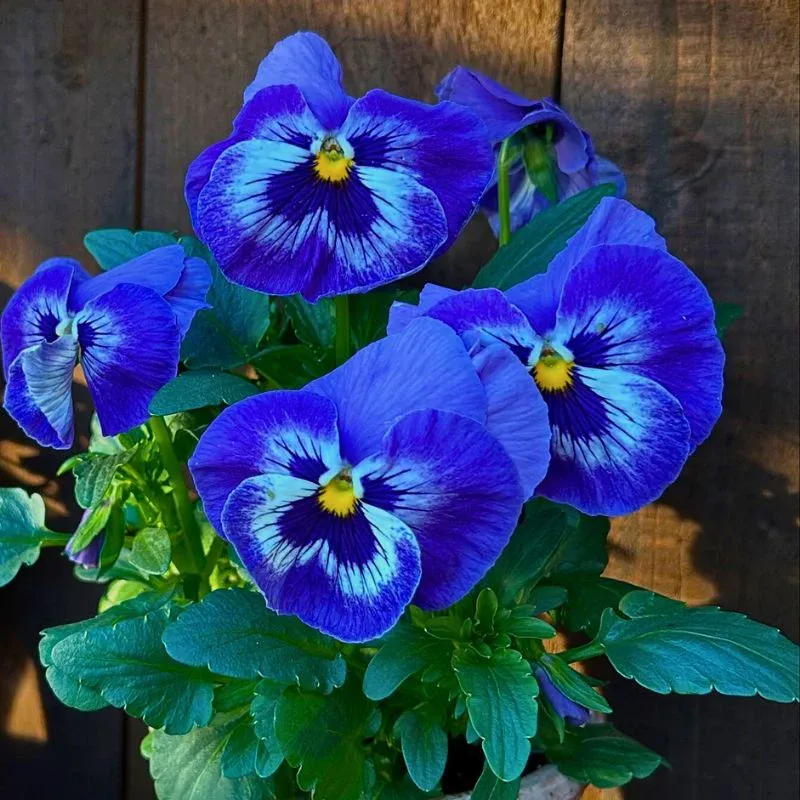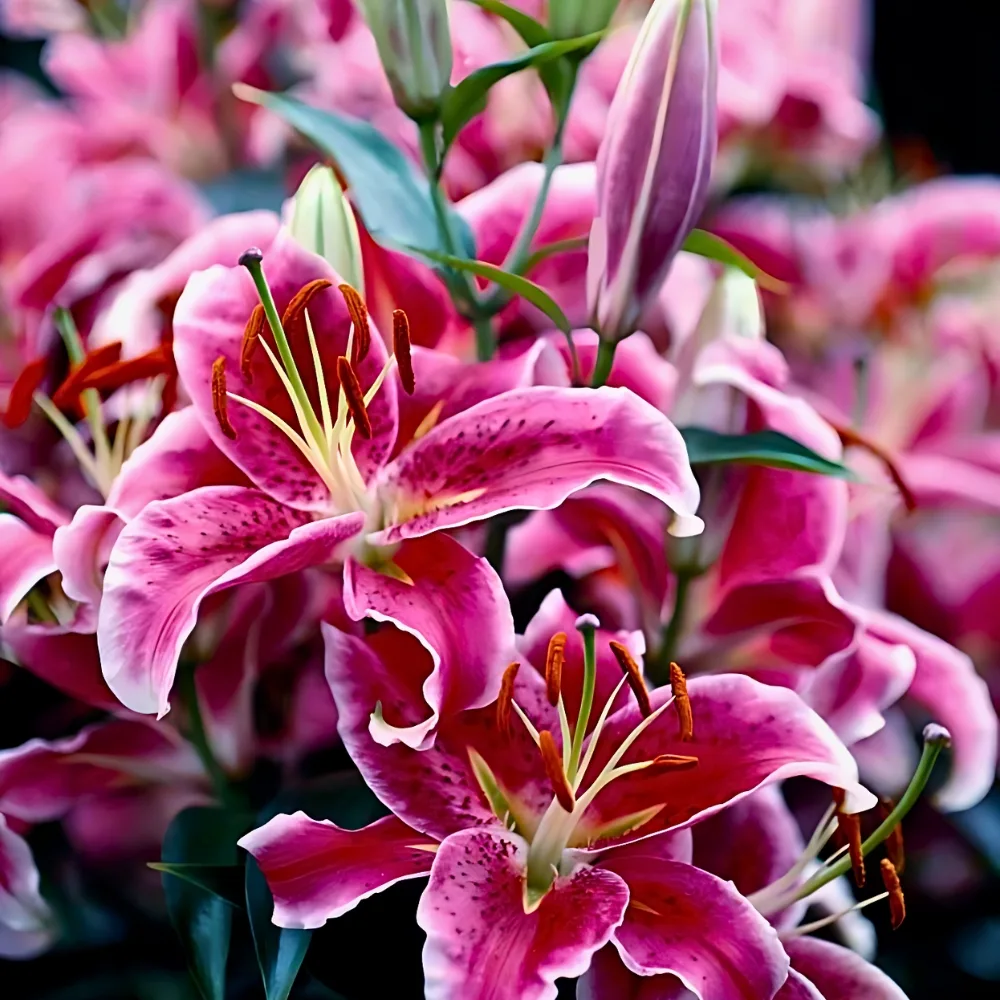Flowers hold a special place in the Bible, serving as symbols of beauty, purity, and life. Flowers in the Bible are often used to convey deeper meanings and spiritual lessons. Here you find the 10 most important flower varieties mentioned in the Bible and their significance, along with related passages and quotes.
The Role of Flowers in the Bible
In biblical times, flowers held both practical and symbolic value. They were used for various purposes, such as food, medicine, and decoration. Many plants and flowers were also used to create fragrances and perfumes, which played an essential role in religious ceremonies and rituals. Additionally, flowers served as powerful symbols representing divine messages, moral teachings, and important events in the Bible. By understanding the meanings behind these flowers, we can gain a deeper insight into the messages and lessons that the Bible seeks to impart. Let's continue.
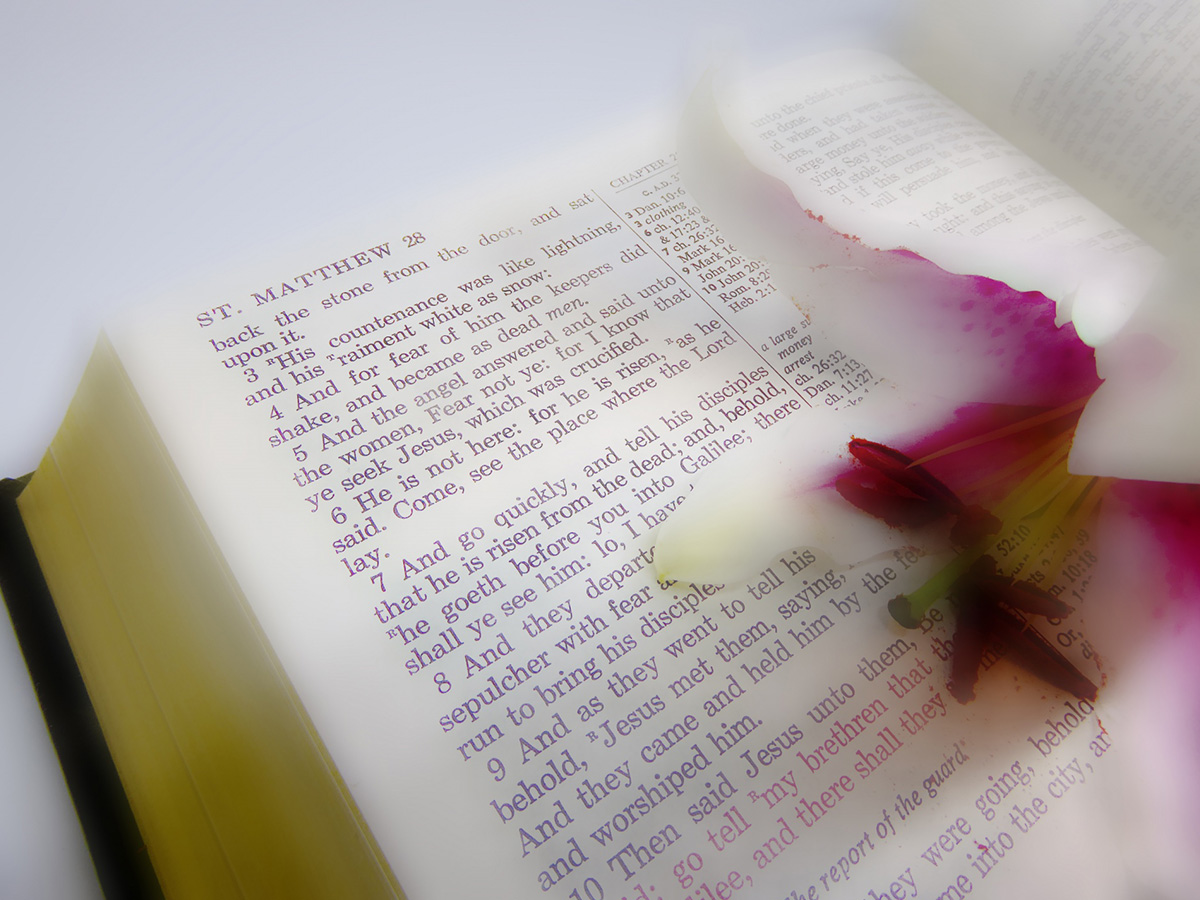
The Significance of Flowers in Biblical Times
The cultivation and appreciation of flowers in biblical times was an integral aspect of daily life, and their presence in the biblical text is a testament to their importance. The people of that time lived in close connection with nature, and they recognized the beauty and symbolism of flowers as gifts from God. This appreciation for flowers extended beyond their physical beauty; the people understood that flowers held deeper spiritual and moral significance.
In the Bible, flowers often symbolize various virtues, such as love, faith, and hope, as well as significant events in the lives of biblical figures. For example, the lily represents purity, innocence, and resurrection, while the rose symbolizes love, beauty, and hope. Flowers also serve as reminders of God's presence and love, as they are often used as metaphors for divine qualities or attributes. The use of flowers as symbols in the Bible allows for a more profound connection between the reader and the text, as it encourages deeper contemplation and reflection on the messages being conveyed.
By studying the role and significance of flowers in the Bible, we can not only appreciate the beauty of these natural creations but also understand the timeless wisdom that they represent. Their presence in the biblical text adds a layer of depth and richness to the stories and teachings, providing valuable insights into the spiritual journey of the characters and the lessons they learn. In this way, the symbolism of flowers in the Bible contributes to a more comprehensive understanding of the divine messages and moral teachings that continue to inspire and guide people today.
The Bible isn't the only holy book that refers to flowers for symbolism. Also in the Quran, you find flower symbolism.

The Rich Symbolism of Flowers Mentioned in the Bible
As we explore the meanings behind these 10 flower varieties in the Bible, we will find that their symbolism is rooted in the cultural and religious context of the time. These flowers have been carefully chosen by the authors of the Bible to convey specific messages and serve as reminders of God's presence and love.
1. Lily (Lilium)
"I am the rose of Sharon, and the lily of the valleys." (Song of Solomon 2:1)
Lilies are often associated with purity and innocence in the Bible. In the Song of Solomon, the lily is used as a metaphor for love and beauty. Lilies also represent resurrection and new life, as they bloom in the spring, symbolizing the promise of eternal life in Christianity. There's more about the history of the lily and other bible quotes about lilies on Thursd.
2. Rose (Rosa)
"The desert and the parched land will be glad; the wilderness will rejoice and blossom. Like the crocus, it will burst into bloom; it will rejoice greatly and shout for joy." (Isaiah 35:1-2)
Although the specific flower mentioned in this passage is the crocus, many scholars interpret it as a reference to the rose. The verse symbolizes the transformation of the desert into a blossoming garden, representing God's promise of restoration, hope, and renewal for His people. The blooming rose in this context signifies the divine intervention that brings life, beauty, and joy to an otherwise barren and desolate land.
"I am the rose of Sharon, and the lily of the valleys." (Song of Solomon 2:1)
In the same quote as Lilly from the Song of Solomon, the rose is used as a symbol of beauty and love. The "rose of Sharon" signifies the beauty and perfection of the beloved in the love story between the two main characters. The verse highlights the appreciation of beauty and the deep, passionate love that exists between lovers.
In the bible, there's no special color being spoken about, although there are meanings to the different colors of roses, that track back to the bible.
.jpg?1679211389965)
"I will be like the dew to Israel; he will blossom like a lily. Like a cedar of Lebanon, he will send down his roots; his young shoots will grow. His splendor will be like an olive tree, his fragrance like a cedar of Lebanon." (Hosea 14:5)
Although this verse does not directly mention the rose, it carries a similar symbolism. The passage speaks of Israel's restoration and the blessings that God will bestow upon His people. The blooming flowers, including the lily mentioned in the verse, are reminiscent of the rose's symbolism of beauty, love, and hope. The passage emphasizes the power of God's love to transform and renew, bringing forth new life and spiritual growth.
While roses are not explicitly mentioned in many parts of the Bible, their symbolism of love, beauty, and hope is present in various verses that describe flowers or the blossoming of plants. These quotes highlight the significance of roses as symbols of divine love, intervention, and transformation. Like other flowers in the Bible.
3. Myrtle (Myrtus)
"Instead of the thorn shall come up the fir tree, and instead of the brier shall come up the myrtle tree: and it shall be to the LORD for a name, for an everlasting sign that shall not be cut off." (Isaiah 55:13)
The Myrtle tree is associated with peace, prosperity, and God's blessings. In the Bible, the myrtle is used to symbolize the transformation from a barren and harsh land to a fertile and prosperous one, reflecting God's promise of restoration and abundance.
4. Olive (Olea)
"But I am like a green olive tree in the house of God: I trust in the mercy of God forever and ever." (Psalm 52:8)
The olive tree holds significant symbolism in the Bible, representing peace, prosperity, and the presence of God. The olive tree is also a symbol of endurance and resilience, as it can live for centuries and withstand harsh conditions. In the quoted verse, the psalmist compares himself to an olive tree in God's house, expressing his trust in God's mercy and protection.
5. Mustard (Brassica)
"The kingdom of heaven is like a mustard seed, which a man took and planted in his field." (Matthew 13:31)
The mustard seed is used in the Bible as a metaphor for faith and the growth of God's kingdom. Though small in size, the mustard seed grows into a large plant, symbolizing the transformative power of faith and the expansion of God's influence in the world.
6. Hyssop (Hyssopus)
"Purge me with hyssop, and I shall be clean; wash me, and I shall be whiter than snow." (Psalm 51:7)
Hyssop, an aromatic herb, is used in the Bible as a symbol of purification and spiritual cleansing. In the quoted verse, the psalmist asks God to cleanse him from his sins, using hyssop as a metaphor for the cleansing power of God's forgiveness and mercy.
7. Almond (Prunus)
"The word of the LORD came to me: 'What do you see, Jeremiah?' 'I see the branch of an almond tree,' I replied." (Jeremiah 1:11)
The almond tree is a symbol of hope, resurrection, and God's watchfulness. In the Bible, the almond tree is one of the first to bloom in the spring, signifying the return of life after a long winter. The reference in Jeremiah highlights God's vigilant care for his people.
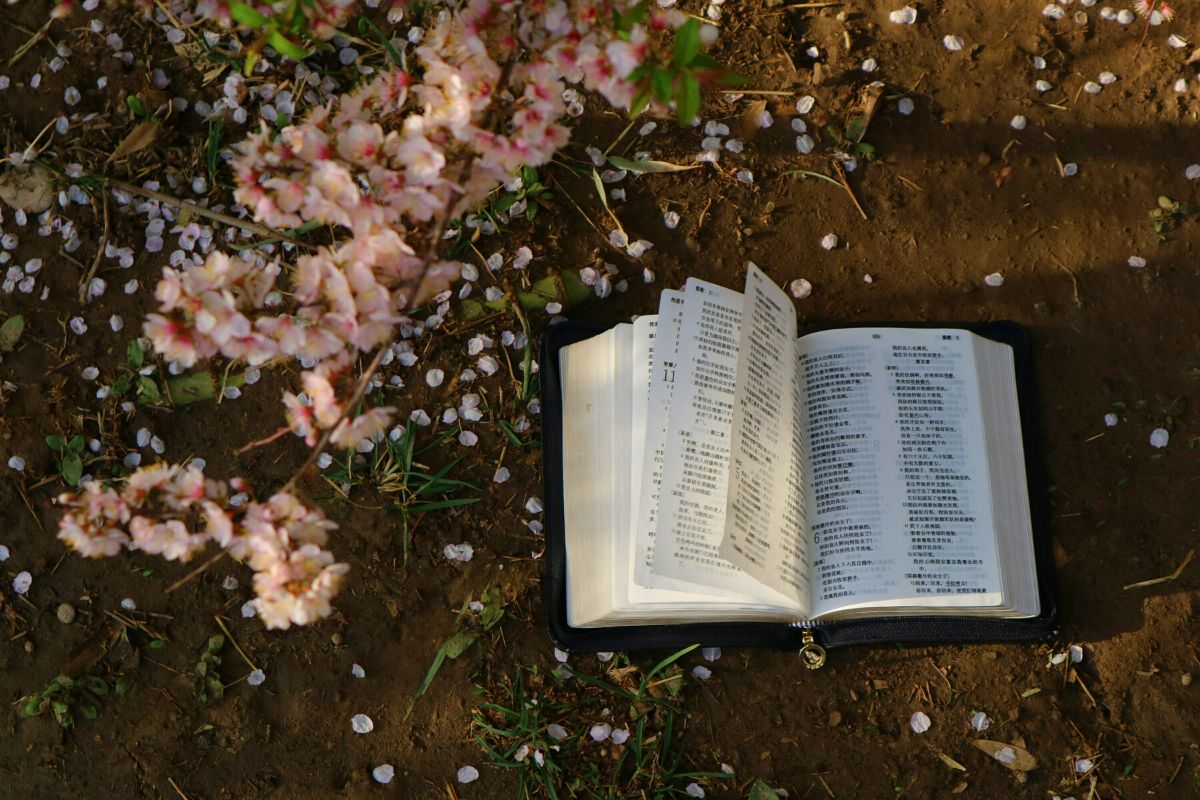
8. Fig (Ficus)
""From the fig tree learn its lesson: as soon as its branch becomes tender and puts out its leaves, you know that summer is near. So also, when you see all these things, you know that he is near, at the very gates." - Matthew 24:32-33 (ESV)
The fig tree represents fertility, abundance, and spiritual growth in the Bible. The fig tree is also used as a symbol of Israel and its relationship with God. This quote is from the New Testament, specifically from the Gospel of Matthew. In this passage, Jesus is teaching his disciples about the signs of the end times and the coming of the Son of Man. He uses the example of a fig tree putting out its leaves as a sign that summer is approaching, drawing a parallel to the signs that would indicate his imminent return.
9. Pomegranate (Punica)
"Your temples behind your veil are like the halves of a pomegranate." (Song of Solomon 6:7)
Pomegranates are symbols of fertility, abundance, and the beauty of the beloved in the Song of Solomon. The fruit's many seeds represent the blessings and the potential for growth, while its red color symbolizes love and passion.
10. Willow (Salix)
"By the rivers of Babylon, there we sat down, yea, we wept, when we remembered Zion. We hanged our harps upon the willows in the midst thereof." (Psalm 137:1-2)
Willows represent mourning, sorrow, and exile in the Bible. In the quoted passage, the Israelites lament their captivity in Babylon and hang their harps on the willow trees, symbolizing their grief and longing for their homeland.
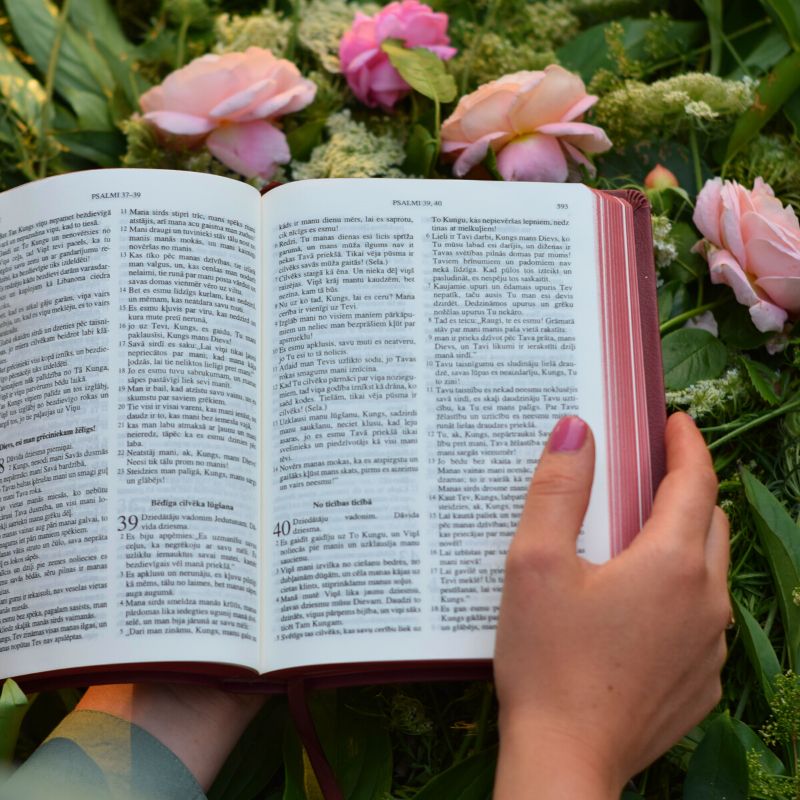
The Timeless Beauty and Wisdom of Biblical Flowers
In conclusion, the 10 flower varieties in the Bible explored above hold deep spiritual and symbolic meanings within the Bible. They serve as powerful symbols of love, faith, hope, purity, and growth, among other significant themes. By understanding the symbolism behind these flowers, we can appreciate the richness of biblical teachings and the timeless wisdom they convey.
From the purity of the lily to the mourning willow, these flowers remind us of the multifaceted nature of human experience and our relationship with the divine. The next time you encounter one of these flowers, remember the rich symbolism and lessons they hold within the pages of the Bible. May they serve as reminders of the beauty and wisdom that can be found in the word of God.
Header & featured images by Sixteen Miles Out on Unsplash.

